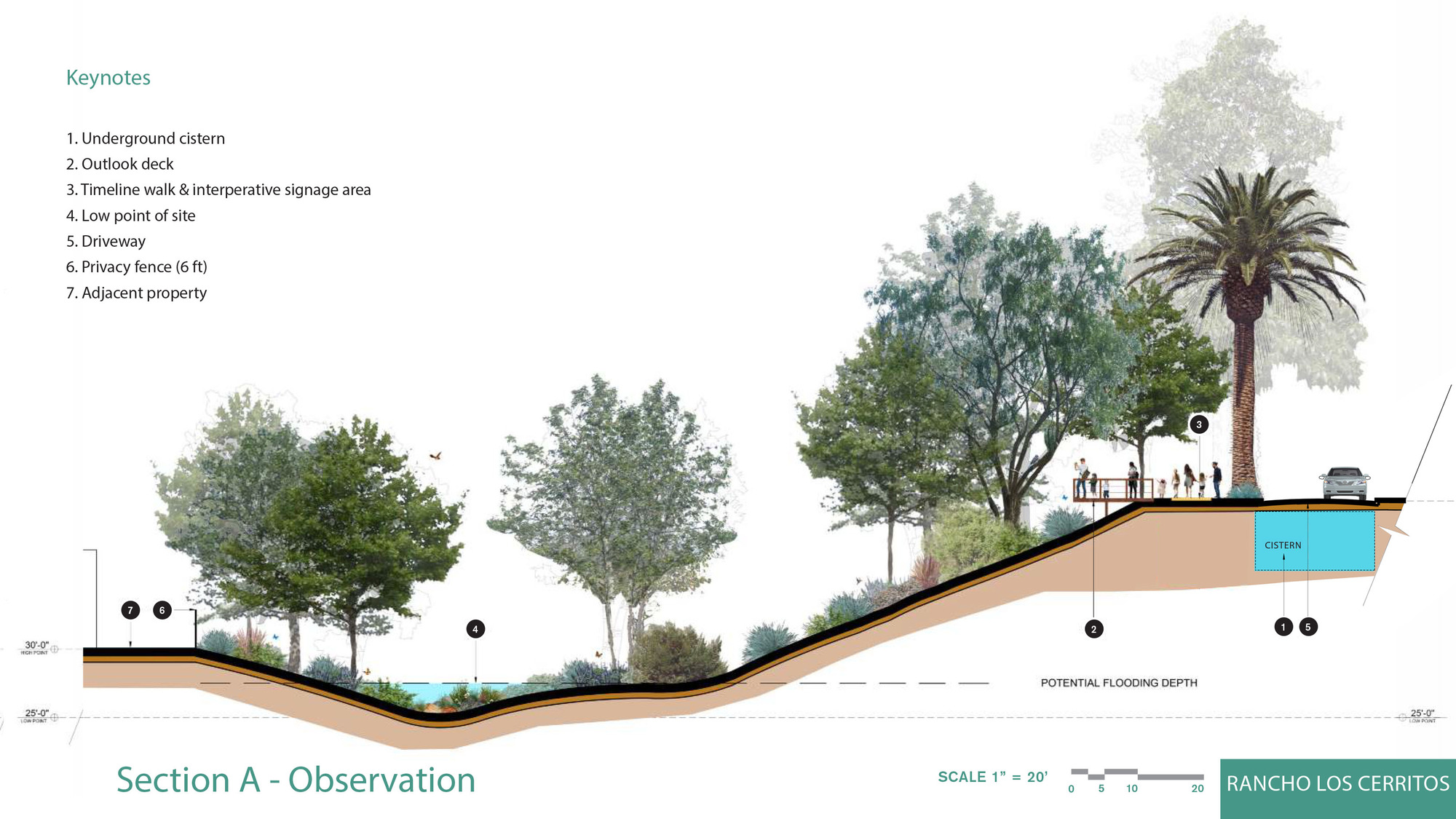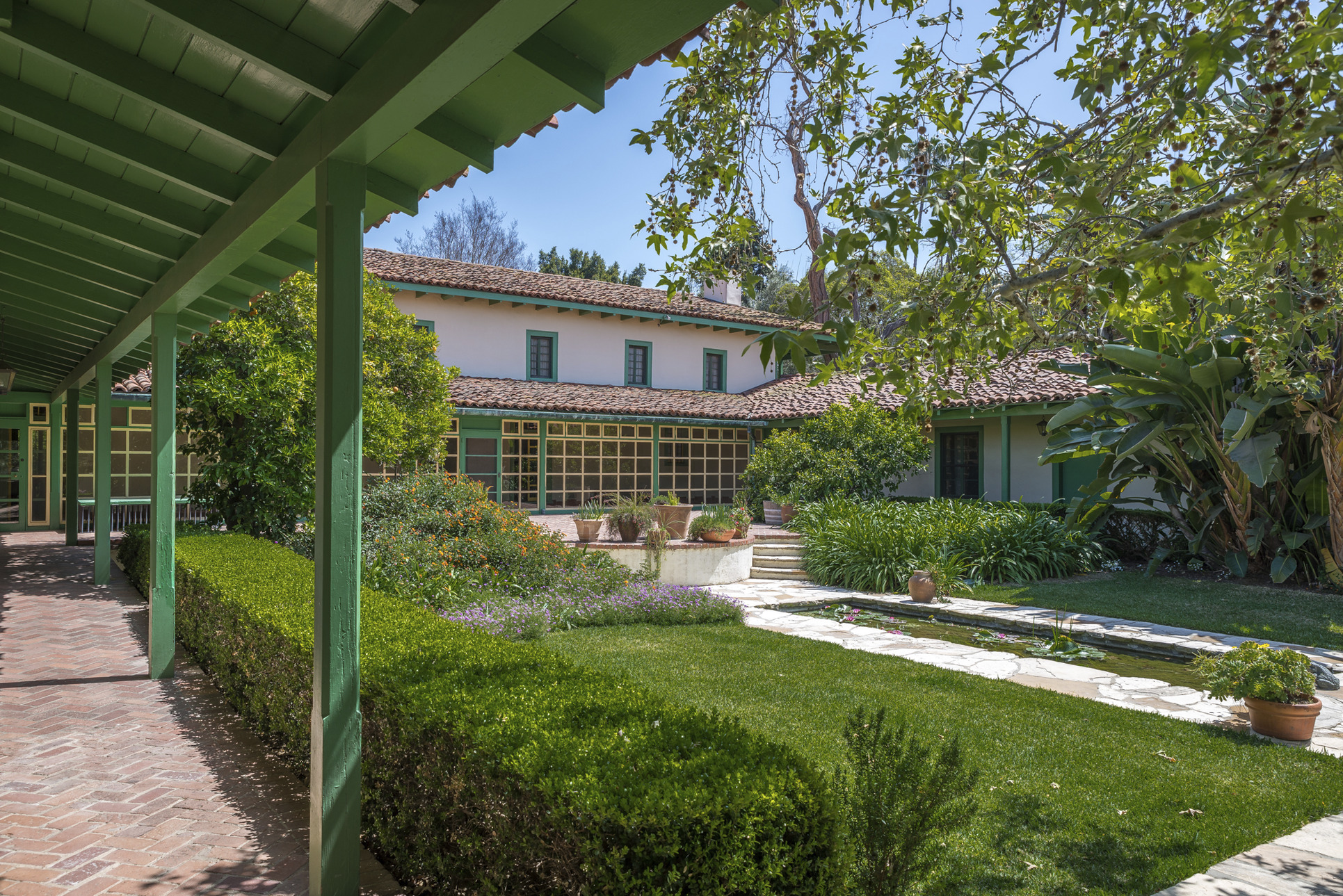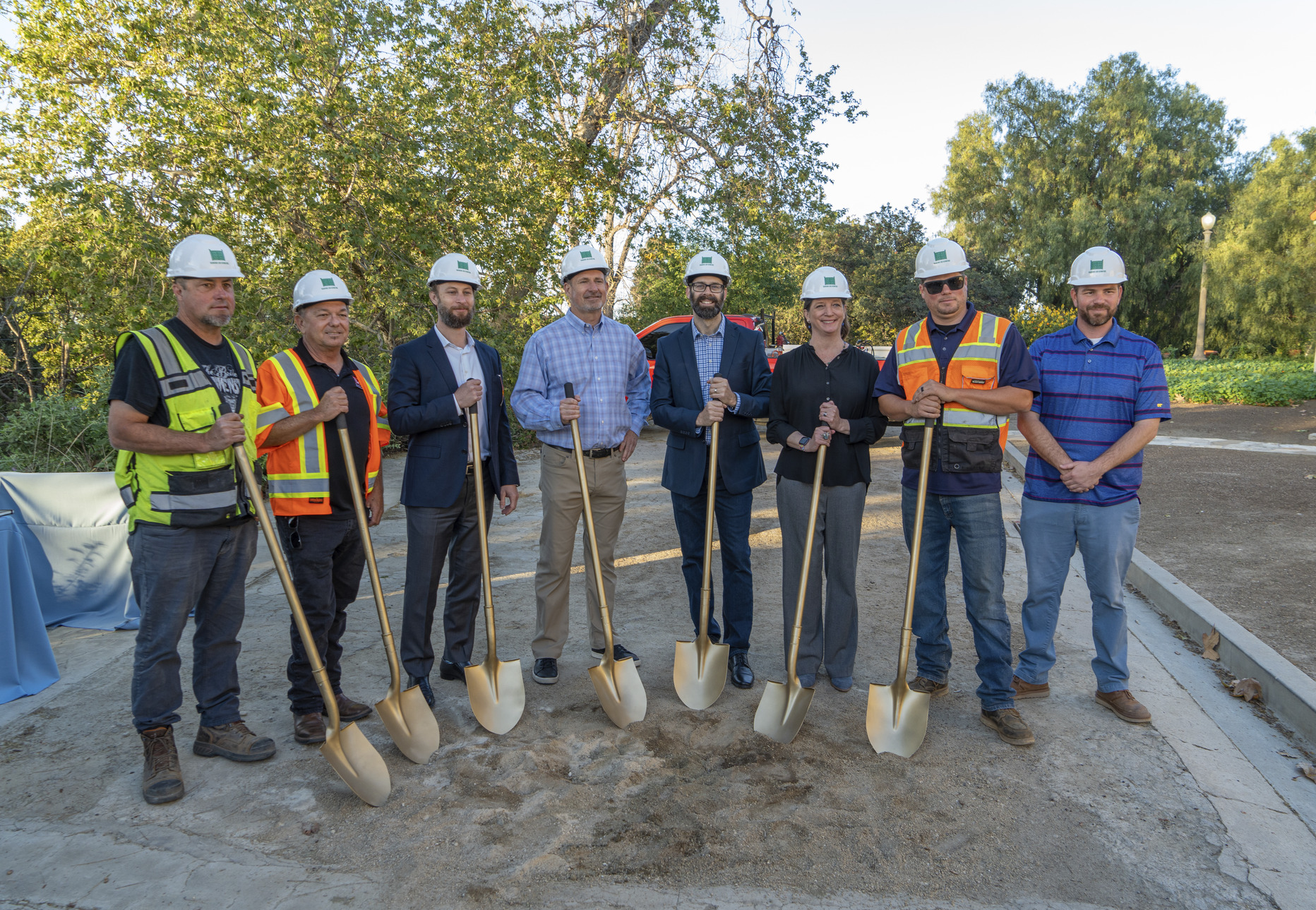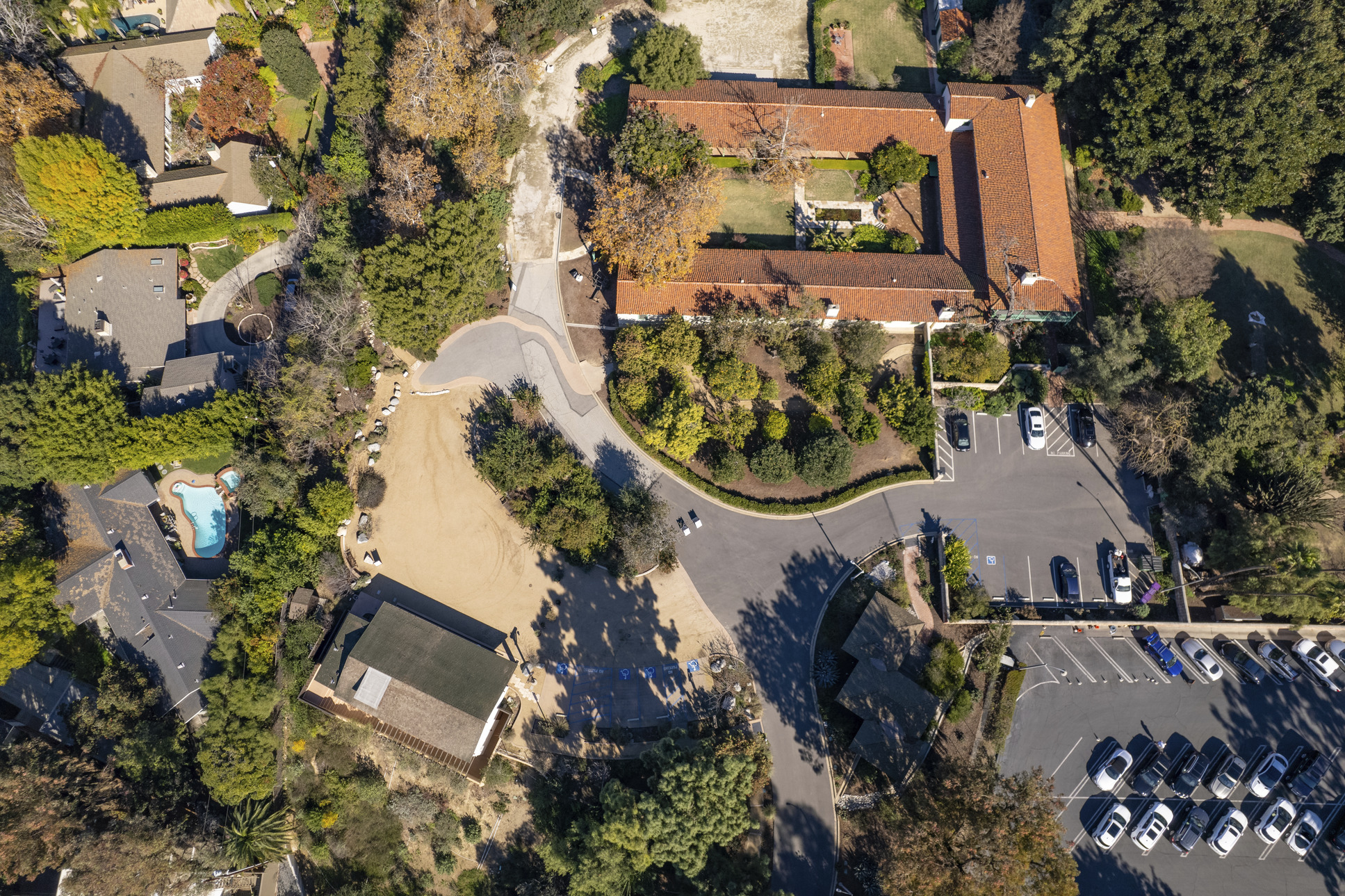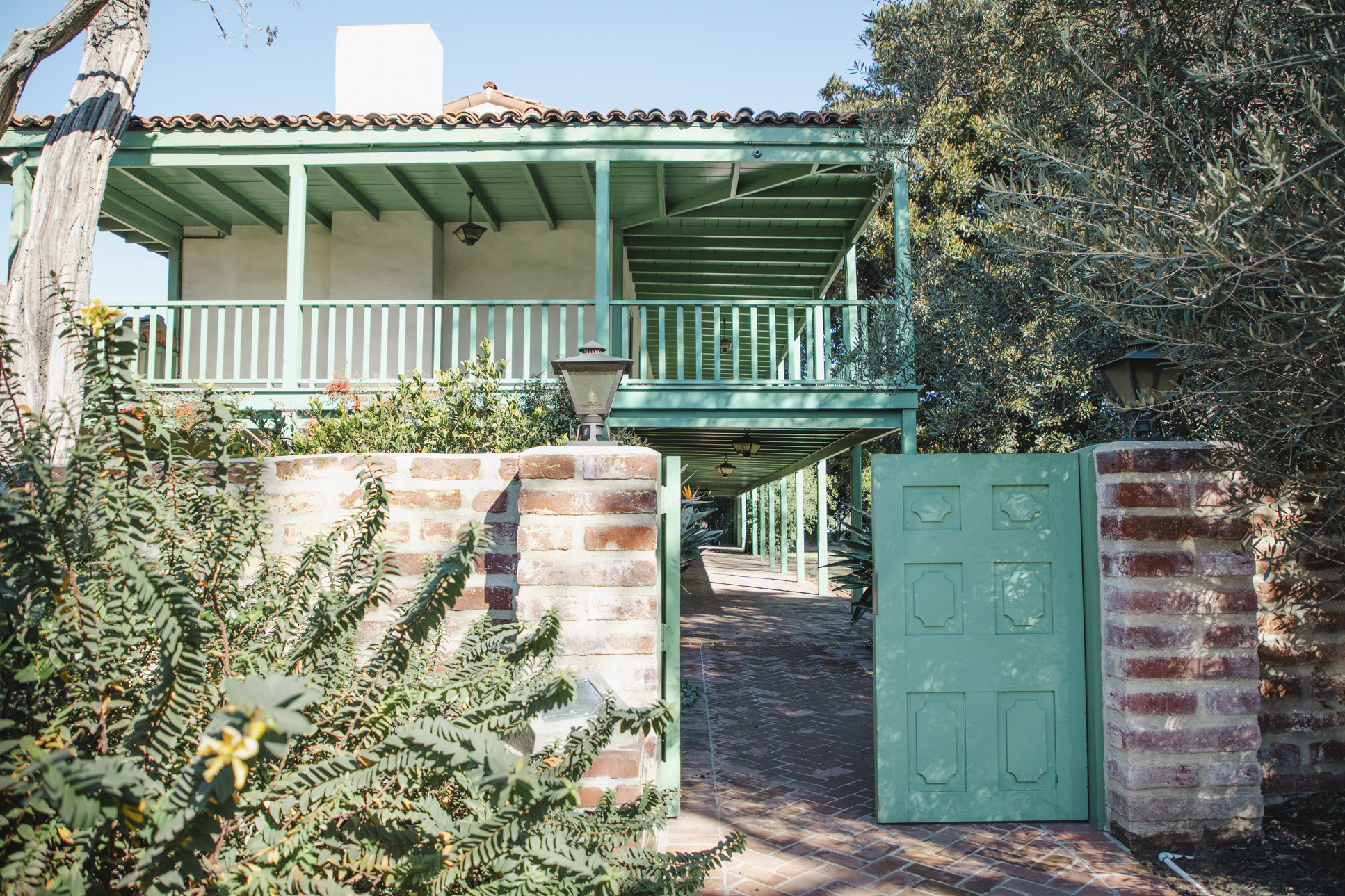About
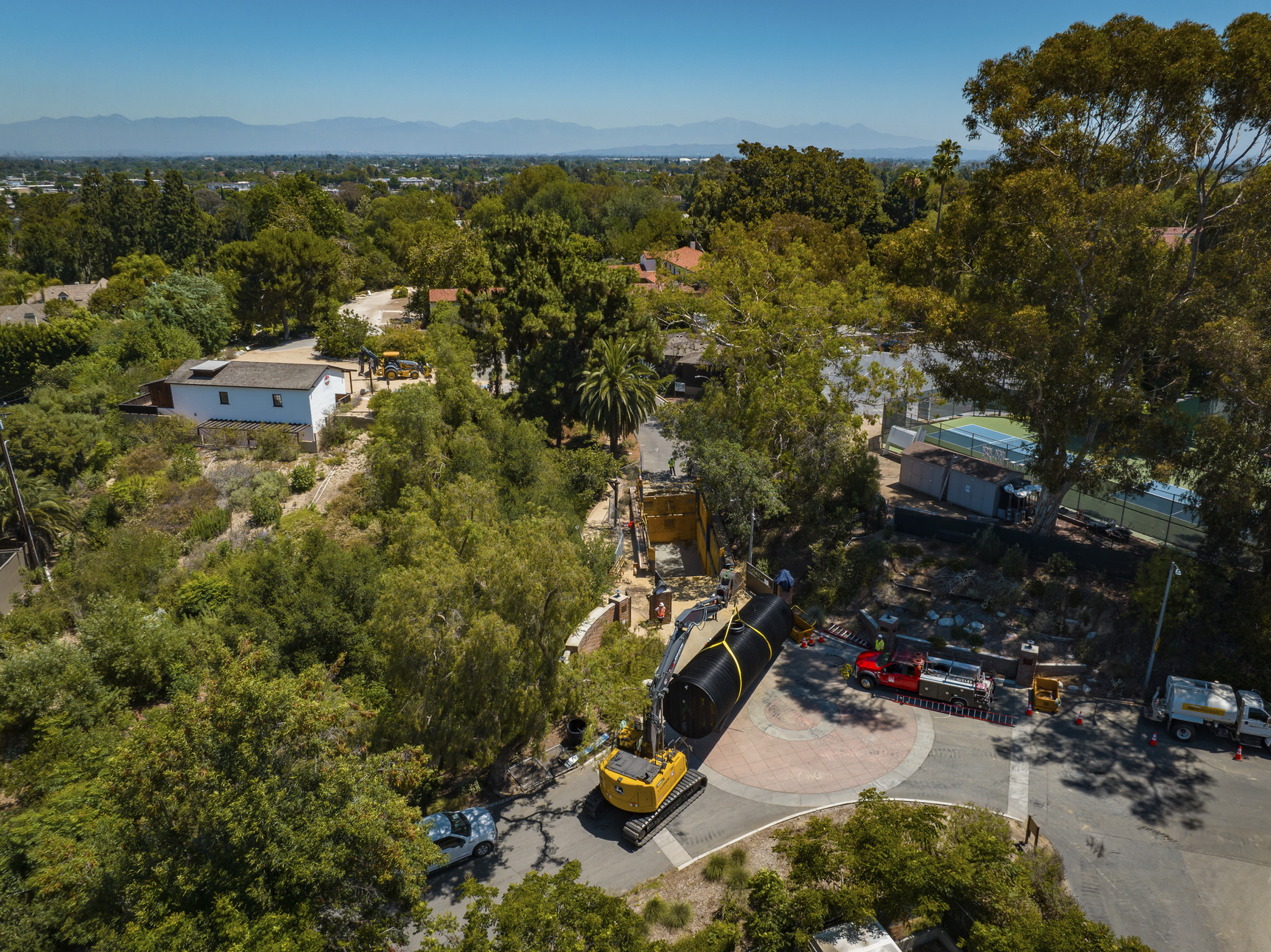
Project Details
Location
Practice Theme
What We Did
Size
In Summer, 2022, the Rancho broke ground on an advanced stormwater reclamation system that will capture, store and reuse rainfall at the site and includes an extensive public education program in harmony with Rancho Los Cerritos’ mission.
The $4 million initiative – named “Looking Back to Advance Forward” – combines new technology with nature based solutions developed by the Tongva people over 5,000 years ago. The Rancho will capture and re-use virtually 100% of rainfall, dramatically decreasing its water use and preventing runoff and pollutants from reaching the Dominguez Gap Wetlands, the Los Angeles River and the ocean. Rancho Los Cerritos is the first stormwater improvement project in the US on a local, state, and nationally registered historic site to employ such an extensive system.
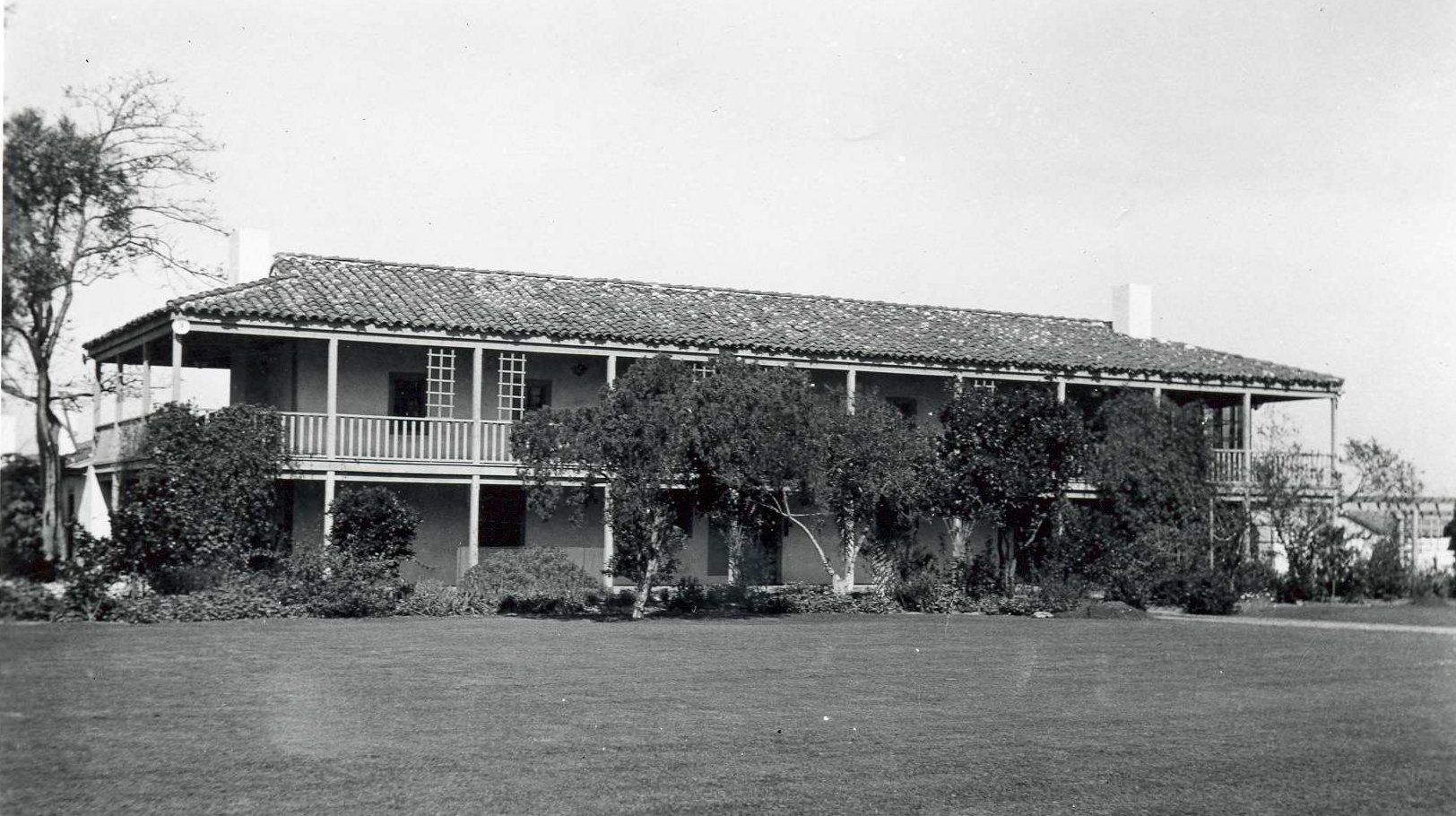
historic rancho circa 1844
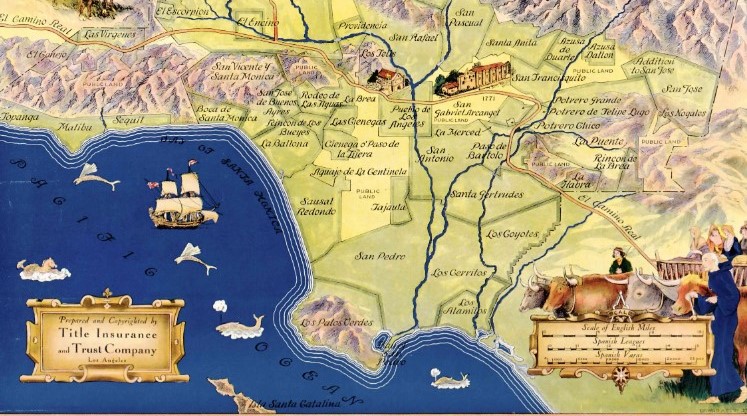
Spanish and Mexican Ranchos of Los Angeles County
An advanced approach rooted in history
Rancho Los Cerritos is a 4.7-acre historic site, city landmark, and museum located in Northwest Long Beach’s Bixby Knolls Neighborhood. Built in 1844, the two-story Monterey-style adobe home and grounds reflect the rich history of Spanish, Mexican, and American California.
The stormwater design elements respect the existing site context in a meaningful way with minimal disturbance and a careful selection of material. A valuable asset to the community, the Rancho’s outdoor gardens and spaces are free to the public and were deemed an essential service for the mental health and well-being for the surrounding community during Covid 19. In addition to being a place of respite from urban life, there will be an educational component that is intrinsic to the public mission of the museum.
The system employs two distinct methods for capturing, storing, and treating stormwater: combining the latest technology with traditional methods of water conservation in keeping with the institution’s mission as a nonprofit museum of history. The first method uses new technology to recapture and store stormwater through water-permeable paving at the top of the site, leading to an underground 22,000-gallon cistern. Stormwater captured at the cistern is filtered and treated, providing irrigation to the site and historic gardens.
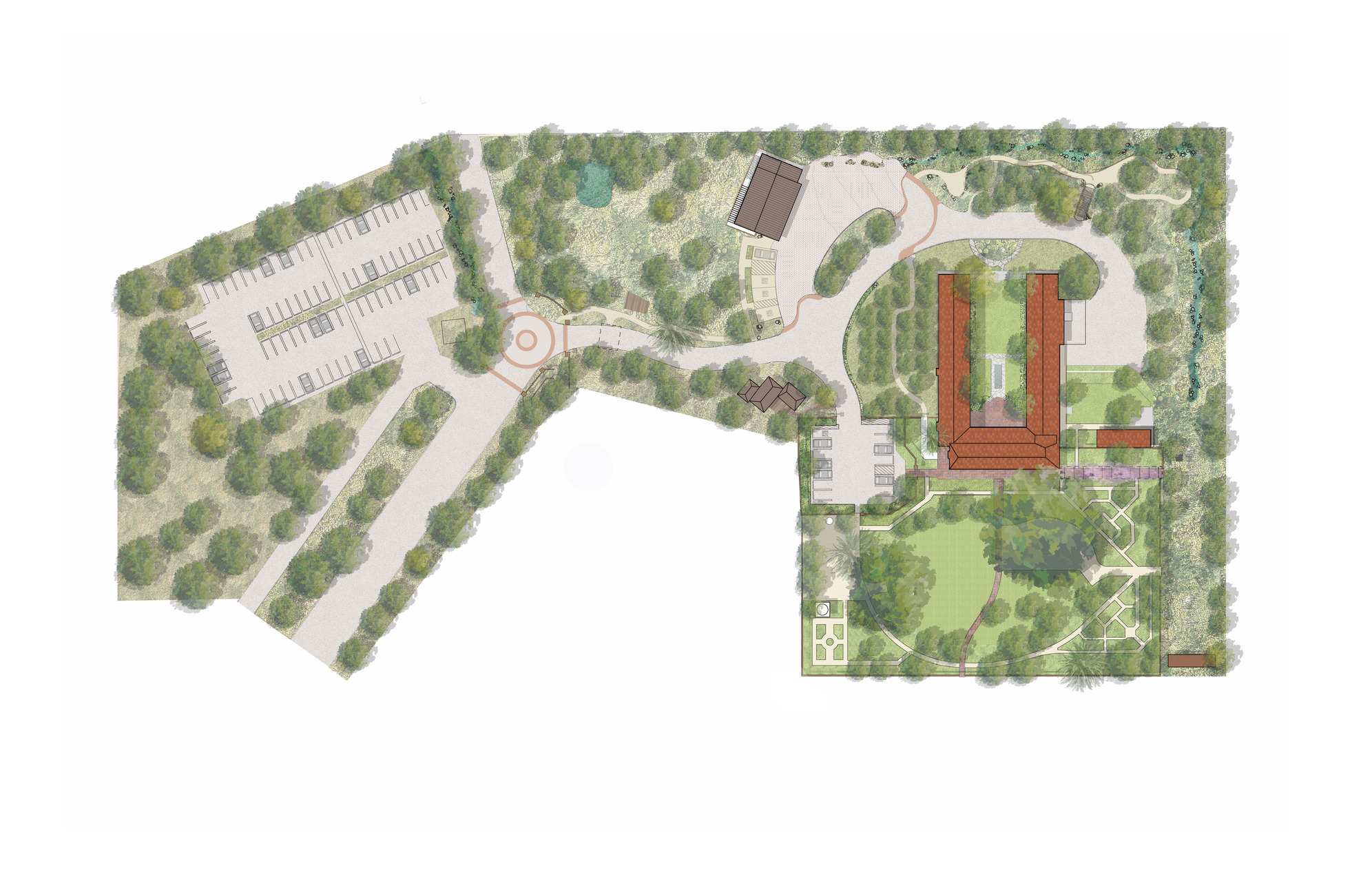
This innovative system is significantly large for such a site, which is intended to be scaled and duplicated to adapt to other places across the country. The more traditional water-capturing techniques leverage the Rancho’s geographically elevated position at the top of Bixby Knolls to allow gravity to channel rainwater into a natural arroyo at the lowest point of the property. Designers utilized the capacity of the arroyo to hold an excess of stormwater, and will allow native plants to remain undisturbed, allowing wildlife to thrive. Water channeled to the arroyo is treated through biofiltration.
To further reduce runoff, a large parking lot that adjoins the City of Long Beach roadway will add “bioswales” – a natural waterway that removes pollutants. This system will capture an additional 140,000 cubic feet of runoff annually increasing stormwater capture from 40% to 95% annually. This prevents runoff from reaching the Dominguez Gap Wetlands and the Los Angeles River, both less than ¼ mile away.
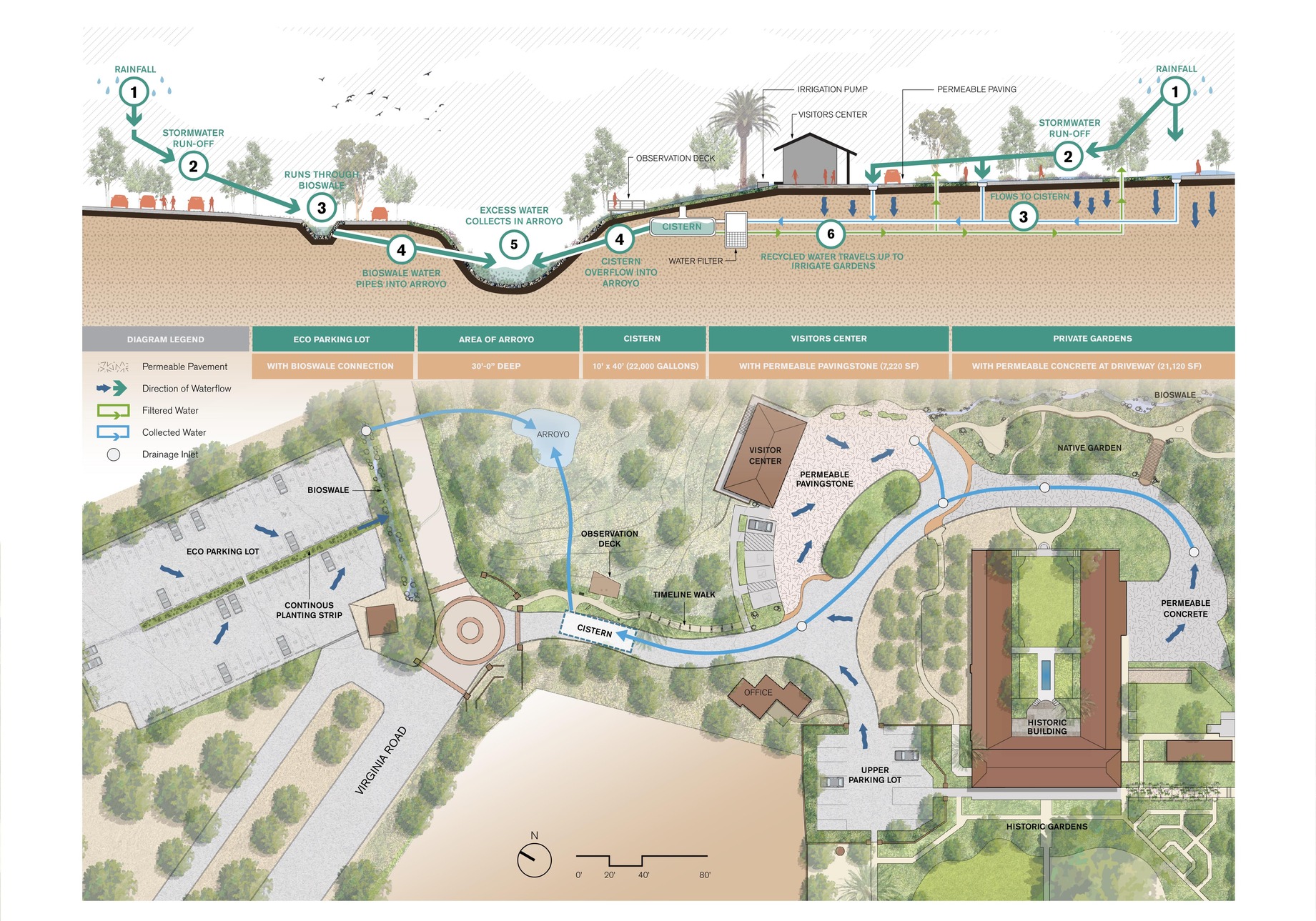
In the Rancho’s spirit of community collaboration, the initiative establishes and will expand partnerships with Long Beach Unified School District (LBUSD), Long Beach City College, Cal State Long Beach, City of Long Beach, Port of Long Beach, Long Beach Water Department, Metropolitan Water District of Southern California, Rivers and Mountains Conservancy, Long Beach Conservation Corps, and others. Funding partners include Port of Long Beach, Metropolitan Water District, Long Beach Water Department and Rivers and Mountains Conservancy.
“The innovative curriculum, visitor programs, exhibits and tours focuses on the history of water conservation efforts, and the stories of the culturally diverse peoples who have been its stewards, from 5,000 years ago, when the Tongva inhabited the land, to today” – Mark Christoffels, Board Chair
“With two methods of water reclamation – one traditional and one using state-of-the art technology – Rancho Los Cerritos is a model for sustainable revitalization of public and private land. This stewardship and innovation allows the historic gardens at the Rancho to flourish as never before. And through public-education and access it demonstrates best practices for reclaimingwater” – Alison Bruesehoff, Executive Director
Rancho Los Cerritos launches $4 million project to capture, reuse 95% of rainfall
“Not a Brick Out of Place,” by Patrick Sisson. A historic house and garden get an easy-to-miss stormwater update from Studio One Eleven.
Landscape Architecture Magazine
Gallery
Related Projects
MOLAA Demonstration Garden
Long Beach, CA
The Oaks School
Los Angeles, CA
